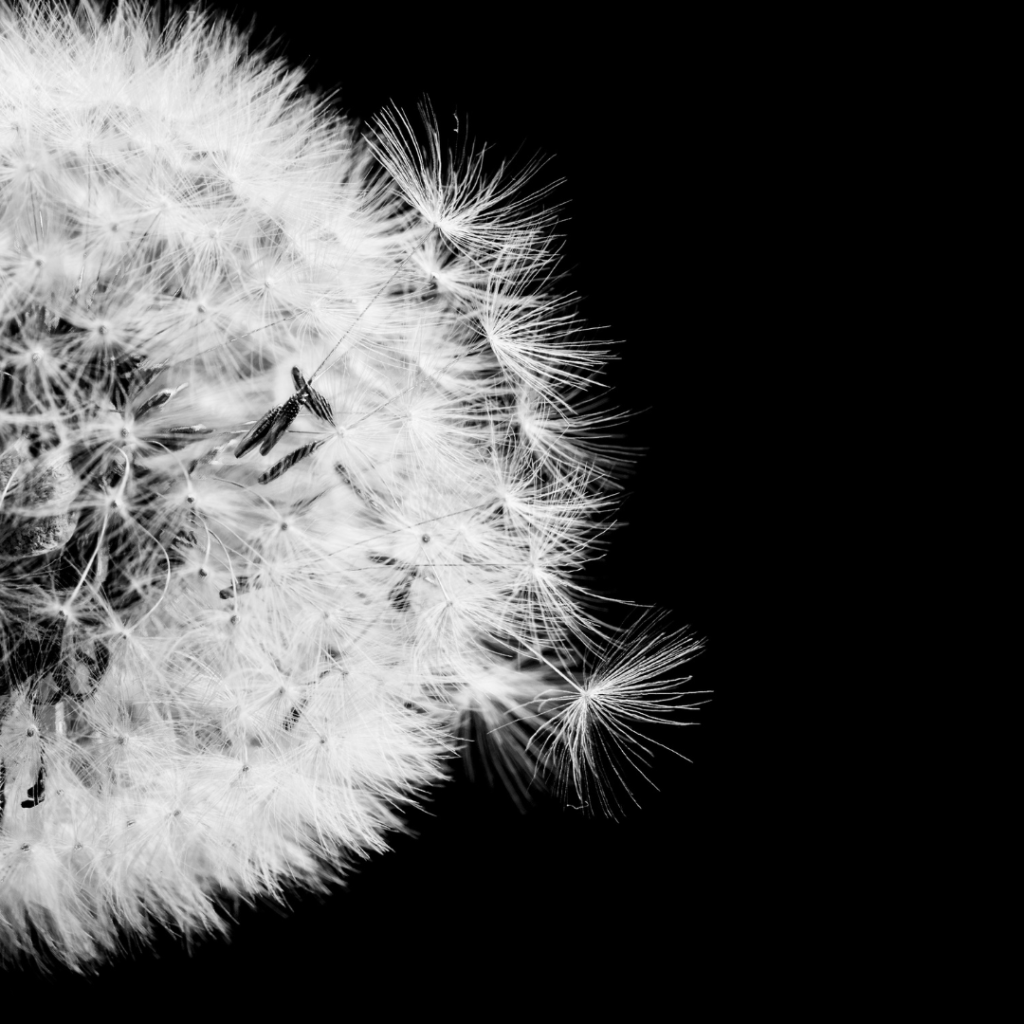
Colors in Marketing: How Shades Trigger Emotions and Behavior
Walk into a store, scroll through a website, or open an app, and you are surrounded by color. You may not notice it consciously, but your brain reacts instantly. Colors shape emotions, decisions, and even behavior. Marketers know this, and they use it carefully to guide how you feel about a brand or a product. The psychology of color is not magic, but it is powerful enough to make the difference between a sale and a missed opportunity.
Why Color Matters in Marketing
Humans are visual creatures. Our brains process images faster than words, and color is the first visual detail we notice. When you see red, you feel urgency. When you see blue, you sense calm. These reactions happen before logic or analysis. That is why color choices in branding are never random.
Psychologists have shown that color influences mood and perception. Color becomes a shortcut to emotion. A well-chosen shade can make a product look more reliable, more exciting, or more luxurious. In marketing, where trust and emotion drive decisions, that shortcut is priceless.
Think about fast food chains. Many use red and yellow because those colors stimulate appetite and energy. Luxury brands, on the other hand, lean on black, gold, or deep tones to signal exclusivity and sophistication. Customers may not know why they feel a certain way, but color has already done its job.
The Emotional Triggers of Different Colors
Each color carries cultural and emotional weight. While meanings can vary across countries, there are common reactions that marketers rely on.
Red creates urgency and excitement. That is why clearance sales and limited-time offers often use red banners. It speeds up the pulse and encourages fast action.
Blue communicates trust and stability. Banks, tech companies, and healthcare brands often use blue because it feels safe and professional. It calms the brain and signals reliability.
Green represents growth and balance. It is linked with nature, health, and renewal. Brands that promote wellness or sustainability use green to tap into those values.
Yellow sparks energy and optimism. It draws attention and creates a sense of cheer. That is why it is often used in playful or youth-focused branding.
Black signals power and sophistication. Luxury brands use it to create a sense of exclusivity. Black can also feel bold and confident, which is why it works well in high-end fashion.
Purple suggests creativity and imagination. It has historic ties to royalty, but in modern branding, it often represents originality and inspiration.
White represents simplicity and clarity. Tech brands and minimalist designers use white space to create focus and elegance. It clears the noise and allows other elements to shine.
The impact of color goes beyond personal taste. It sets the emotional stage for how we interpret everything else a brand communicates.
Color in Action: How Brands Use It
Marketers do not just pick colors for logos. They use them across the entire customer experience. Website backgrounds, call-to-action buttons, packaging, and even store interiors are all chosen with psychology in mind.
Think of Amazon’s orange “Add to Cart” button. Orange is warm, energetic, and slightly urgent. It stands out without feeling aggressive. That shade encourages action.
Coca-Cola is inseparable from its iconic red. That red creates excitement, energy, and passion. It makes the brand feel lively and global.
Starbucks uses green to tie itself to calm, balance, and community. It is not just about coffee. It is about creating a space where people feel comfortable staying longer.
These examples show that color consistency builds recognition. When brands own a color, they own an emotion. Over time, people connect that feeling with the brand itself.
The Subconscious Side of Color
One of the most interesting things about color in marketing is how subtle it can be. Customers rarely say they chose a product because of its color. But studies show that color influences up to 90% of snap judgments about products.
This works because color operates below the surface of awareness. It bypasses rational thinking and taps into instincts. That is why marketers treat color like a silent partner in storytelling. It does not shout the message. It whispers it in the background until the customer feels it is their own idea.
But there is a challenge. Too much color can overwhelm. Poor choices can confuse. A financial brand using neon pink might feel playful but not trustworthy. A children’s toy brand using dark gray could feel serious but unappealing. The balance matters as much as the choice itself.
Conclusion: More Than Just a Pretty Palette
Colors in marketing are not decoration. They are strategy. They create emotion, shape perception, and guide behavior before a single word is spoken. From the urgency of red to the calm of blue, each shade is a tool in the marketer’s kit.
Brands that understand color psychology can build stronger connections and stand out in crowded markets. Those that ignore it risk sending mixed signals and losing trust. The truth is simple. Customers may not remember every slogan or feature, but they will always remember how a brand made them feel. And color is one of the fastest ways to shape that feeling.
